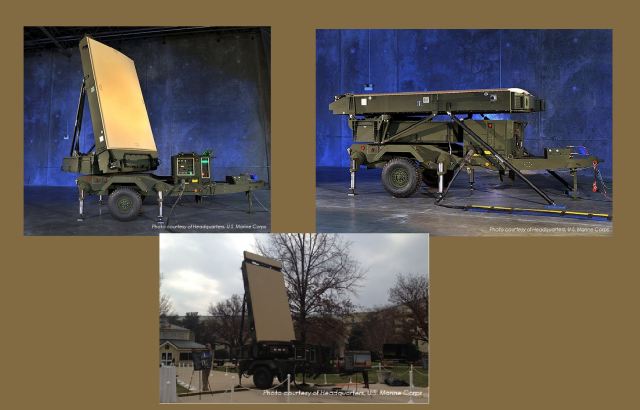Breaking news
Test of the Ground/Air Task Oriented Radar 80708171.
| 2017
|
|
|||
|
Defense & Security News - United States
|
|||
|
|
|||
|
Test of the Ground/Air Task Oriented Radar
|
|||
|
The Navy's Surface Combat Systems Center (SCSC) supported live developmental testing of the U.S. Marine Corps Ground/Air Task Oriented Radar (G/ATOR) Block 1 capability from April 10 to June 21.
|
|||
|
|
|||
 (photo: US Marines) (photo: US Marines) |
|||
|
|
|||
|
More than 70 test personnel and Marines evaluated the lightweight, highly mobile, and rapidly deployable Marine Corps Aviation Combat Element asset (G/ATOR AN/TPS-80) to ensure it met the G/ATOR Block 1 (GB1) capability requirements, which include short- and medium-range target detection requirements for unmanned aerial systems, cruise missiles and air breathing targets. The system will provide Marine Air-Ground Task Force (MAGTF) commanders with a highly reliable and maintainable battlespace sensor designed to alert the force of short-to-medium-range threats by complementing the AN/TPS-59(V)3 long range radar. G/ATOR's flexibility and multi-role capability, provided in follow-on blocks,will provide the MAGTF commanders with the ability to increase coverage of the assigned air defense sectors that adjoin maritime air defense and contiguous surveillance areas, reducing vulnerability gaps in the landward sector for naval forces operating in the world's littoral regions.
The unit tested was the first G/ATOR low-rate initial production (LRIP) system delivered to the USMC in February. Testing of G/ATOR GB1 during DT1C focused on validating the LRIP requirements in order to support a limited early fielding decision. This first portion of DT1C testing occurred at SCSC, Wallops Island, with follow-on testing scheduled to take place at Marine Corps Air Station (MCAS) Cherry Point and MCAS Yuma. The testing at SCSC, Wallops Island focused on radar performance and combat identification with live and simulated flights and interoperability with the Composite Tracking Network and Cooperative Engagement Capability Systems in an operationally realistic littoral environment. Testing was deemed successful with follow-on testing expected to take place in late fiscal year 2018. |
|||



















